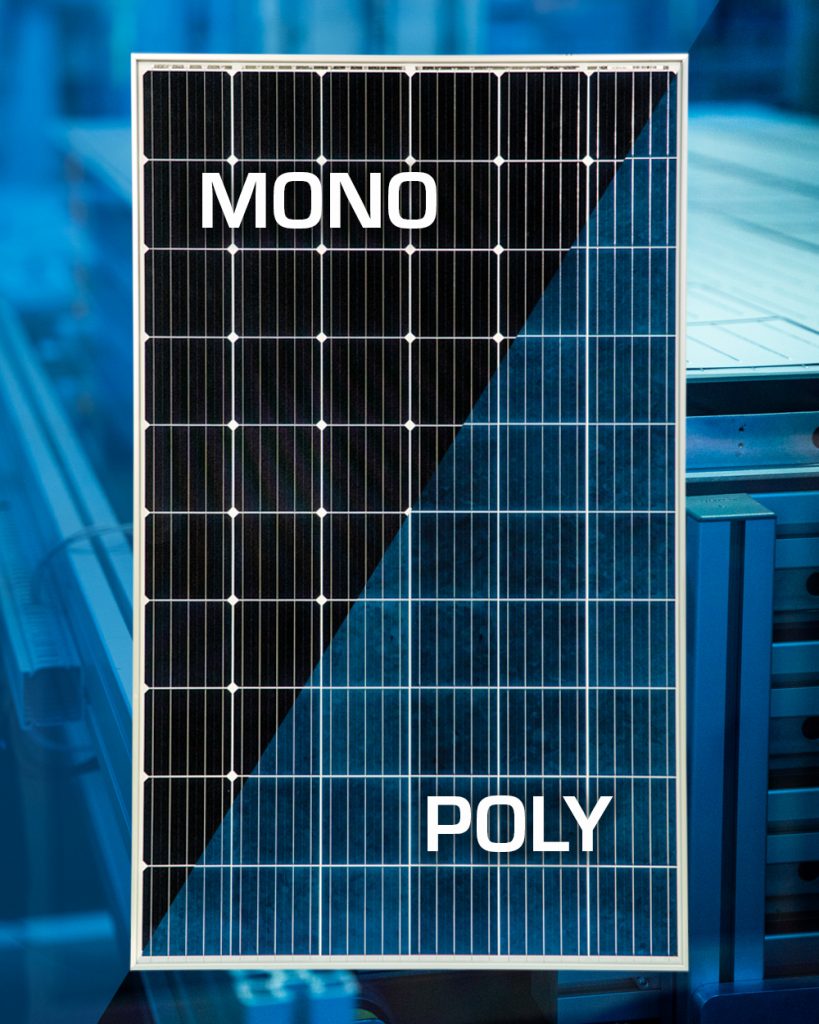Monocrystalline modules win in a power production capacity comparison against polycrystalline modules, according to Solar Finland. Both module types have been tested in a long-term testing rack in identical natural conditions.
Salo Tech, one of the daughter companies of Solar Finland, aims to set the standards for the power production capability and durability of modules in the PV industry. Salo Tech’s Finnish-made SALO® Solar Panels manufactured with monocrystalline cells represent powerful and responsible technology. The results of the company’s own tests show that monocrystalline modules produce more energy than ones using polycrystalline cells.
“As a PV module manufacturer, we want to be absolutely certain of what we talk about. That is why we are performing long-term testing and comparison with our different module types. Conventionally polycrystalline modules are thought to be better at capturing rays of light coming from odd angles. This is one of the main reasons they have been popular in locations where the modules can not be installed at an optimal angle or direction. Our monthly yield comparison from the year 2020 shows however that monocrystalline modules are the most sensible choice for customers in terms of power production”, says Esa Areva, the CEO of Solar Finland.
The comparison was performed with several mono- and polycrystalline modules with the same nominal peak powers. During seven out of twelve months monocrystalline modules were producing more electricity than polycrystalline while the yield for the whole year was also slightly higher with monocrystalline modules (Mono: 1,280 kWp and Poly: 1,274 kWp).
Monocrystalline silicon used in SALO® Solar Panels allows for the electrons in the material to move more freely. Because of this, monocrystalline cells are more efficient than polycrystalline cells where the electrons have limited mobility due to the different crystal structure of the material. This leads to the fact that of modules with the same physical size, monocrystalline is the more powerful one. SALO® Solar Panels also benefit from a new technology solar glass which directs the rays of light more effectively straight to the cells allowing the modules to perform well even in varying weather conditions.
“When planning the purchase of a solar energy system, a consumer should consider all the expenses. Even though monocrystalline modules are slightly more expensive the consumer wins because they get more energy with the same size modules and therefore fewer modules to reach a desired nominal output power. This also decreases installation costs because the fewer modules the less space and mounting structure is needed. The lifetime of a solar energy system is easily around 20-30 years, so it is smart to invest in the future with newer, maintenance-free and more powerful technology”, Esa Areva continues.
A thing to remember as well is the environmental responsibility of Finnish-made monocrystalline modules: the carbon footprint of SALO® Solar Panels is lower than that of imported products. Using SALO® Solar Panels the environmental benefit of locally produced solar energy is even lower!

